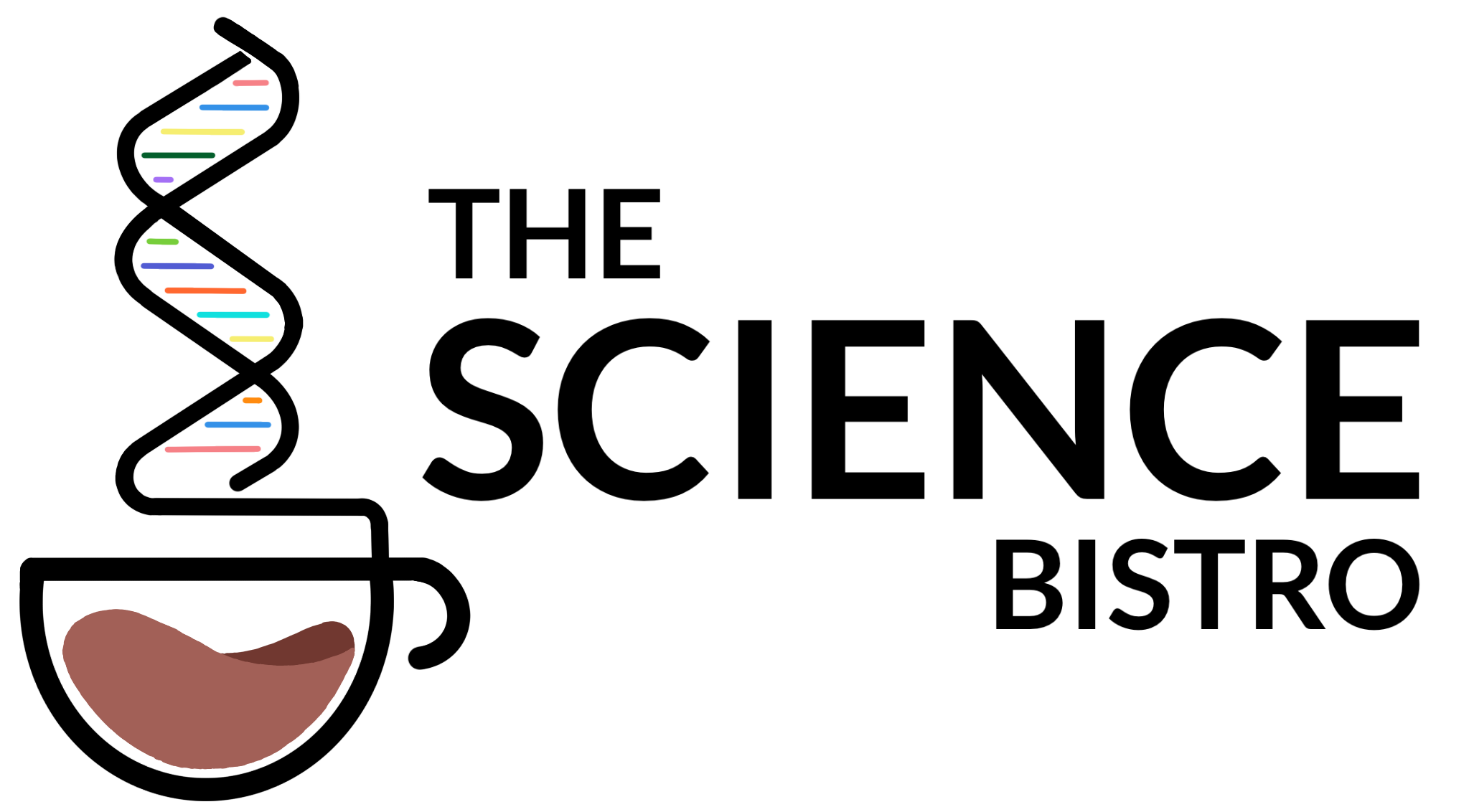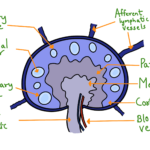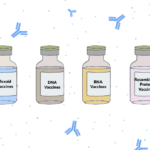Cell Cycle
A cell cycle is an ordered series of events where a cell duplicates its genome and eventually forms into two daughter cells. It is divided into two main phases – interphase and M-phase (Mitosis-phase); the first being the preparatory phase and the second, where the actual division takes place. It is a tightly regulated process with checkpoints and any detour may result, either in the death or cell turning tumorigenic.
Events in Cell cycle
The first step in the cell cycle is called the interphase or the preparatory phase, the cell undergoes growth and DNA replication occurs in an orderly fashion. They are further divided into:
- G1 phase (Gap 1, the period between M phase and start of DNA replication)
- S phase (Synthesis phase, DNA replication occurs in his phase)
- G2 phase (Gap 2, the gap after DNA replication and preceding the initiation of the M phase)
Cells that do not divide usually enter the G0 phase or the quiescent stage (reversible) or irreversible (senescent and terminally differentiated) states. Quiescent stages no longer proliferate until asked otherwise through the tightly regulated signaling mechanisms. Senescent cells lose the potential to proliferate and have permanently withdrawn from the cell cycle. Terminally differentiated cells (like nerve cells) have in course of acquiring special functions, have irreversibly lost the ability to proliferate.
About 95% of the cell cycle is spent in the interphase. The three stages of the interphase occur at different rates across the species and different amongst different cell types too. Growth conditions dictate the variation in the length. The M phase usually takes about an hour in most cells, with the G1 lasting about 11 hours, the S phase about 8 hours, and G2 about 4 hours respectively. During the DNA replication in the S phase, the amount of DNA doubles. That is if the initial content is 2C, after the S phase it becomes 4C. However, there is no change in the chromosome number; if the cell had a diploid (2n) number, then after the S phase it remains the same. The M phase starts with nuclear division, with the formation of two daughter nuclei (called karyokinesis), and usually ends with the division of cytoplasm (called cytokinesis).
Cell Cycle Control System
An important group of protein complexes regulate the cell cycle and are broadly composed of two subunits: cyclin and cyclin-dependent protein kinases (CDKs). The former is a regulatory component, whereas CDK is catalytic and acts as a protein kinase. Defined by the stage of the cell cycle at which the cyclins bind to CDKs there are categorized into four classes: G1 cyclins, G1/S – cyclins, S-cyclins, and M-cyclins.
Cyclins control the phosphorylating property of the CDKs on appropriate target proteins. The cyclins are named so due to their property of rapid synthesis at the requirement and subsequent breakdown after it serves its purpose, for the cycle to progress to the next stage.
Cyclins and CDKS
CDKs are serine-threonine phosphorylating kinases that add phosphate groups to target substrates – i.e., specific serine-threonine residues of target proteins, regulated by the appropriate cyclins. The phosphorylation event is reversible and transient. As different cyclins are present at various stages of the cycle, the phosphorylation event is characterized at different target proteins. In fission yeasts, for example, Schizosaccharomyces pombe, a single cyclin, and CDK drive all cell -cycle while in Saccharomyces cerevisiae, a CDK may bind to various classes of cyclins. In mammals, different CDKs interact with different cyclins. Each of the different cyclin-CDK drives as a molecular switch from one stage to another.
Regulation of the activity of cyclin CDK complexes
Cyclins undergo synthesis and degradation cycle as discussed before. CDKs on the other hand remains constant. The activation process is regulated by the proteolysis of cyclins at specific cell cycle stages which is mediated by an enzyme called ubiquitin ligase. Enzyme SCF, an E3 ubiquitin ligase, is responsible for regulating G1 phase cyclins. Anaphase Promoting Complex/cyclosome (APC/C) is another E3 ubiquitin ligase that is responsible for S and M-phase cyclins. It is composed of 15—17 subunits depending on the organism.
Role of CDK inhibitor protein (CKIs)
Apart from phosphorylation events, another important group of proteins regulates by inhibiting the cyclin-CDK complexes. One such example is Wee1 which inhibits M-CDK activity. It usually inhibits the initiation of mitosis until the size is adequate. Over or underproduction of wee1 protein results in abnormal cells. Wee1 is a dual-specificity kinase with the ability to phosphorylate serine/threonine and tyrosine.
This inhibition is removed by protein phosphatase Cdc25 which is antagonistic to wee1. These conclusions were drawn through experiments where mutants lacking genes of wee1 and cdc25.
The CKIs are broadly divided into two types in mammals – CIP/KIP family and the INK4 family. Members of the CIP/KIP (CDK interacting protein/kinase inhibitory proteins) are p21, p27, and p57. The members of the INK4 (Inhibitors of CDK4) family are p16(INKa), p15(INK4b), and p19(INK4d).
Control of DNA duplication in S-phase
A key player involved in this is a multiprotein complex called the origin recognition complex (ORC). It further recruits Cdc6 and Cdt1 which results in the MCM proteins (Mini-chromosome maintenance). It is a hexamer forming ring structure giving rise to a pre-replicative complex. The MCM proteins thus form the licensing authority for the initiation of replication. Further, the S-CDK regulated the replication and enables disassembly of Cdc6 and inactivation of ORC to ensure that each origin is activated only once in each cycle.
Replicative senescence
Oral eukaryotic cells have a limited capacity for cell division. This limiting factor is termed replicative senescence. Except for tumors and certain stem cells, it is found to be a fundamental feature of the somatic cell. The number of mitoses a cell can undergo in tissue culture before it stops dividing is described as the Hayflick limit. Telomere shortening is the major cause of this. Telomeres are short tandemly repetitive DNA sequences that cap the ends of eukaryotic chromosomes. Telosome – a complex of six telomere-associated proteins maintains the telomere alongside enzyme telomerase which maintains its length. Telomerase enzyme is a reverse transcriptase that resolves the ‘end replication problem’ but most humans lack telomerase activity leading to progressive loss of telomere, eventually leading to replicative senescence.
References:
- “Molecular Biology of the Cell” by Bruce Alberts
- Lodish – Molecular Cell Biology
Become A Contributor
Publish your articles on The Science Bistro
The Science Bistro’s publishing platform helps you easily publish your articles. Become a contributor now and start publishing your articles.
Follow Us on Pinterest 👇





